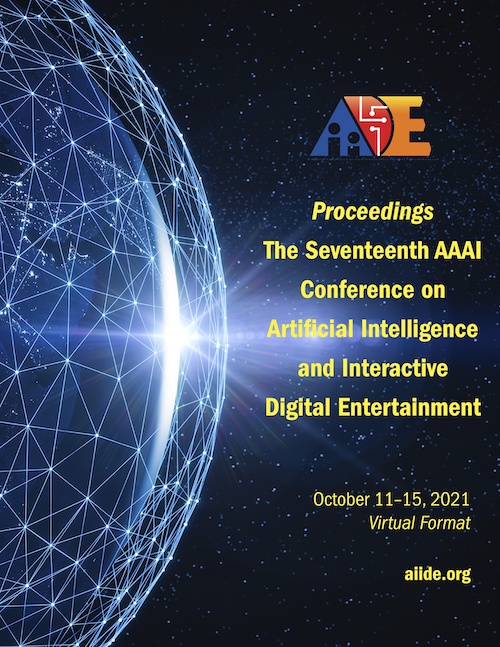Search-Based Exploration and Diagnosis of TOAD-GAN
DOI:
https://doi.org/10.1609/aiide.v17i1.18901Keywords:
Procedural Content Generation, Neural Networks, Evolutionary Search, Evolutionary Algorithms, CMA-ESAbstract
Generative Adversarial Networks (GANs) have been used with great success to generate images. They have also been applied to the task of Procedural Content Generation (PCG) in games, particularly for level generation, with various approaches taken to solving the problem of training data. One of those approaches, TOAD-GAN (Token-Based One-Shot Arbitrary Dimension Generative Adversarial Network) (Awiszus, Schubert, and Rosenhahn 2020), can generate levels based on a single training example and has been able to closely reproduce token patterns found in the training sample. While TOAD-GAN is an impressive achievement, questions remain about what exactly it has learned. Can the generator be made to produce levels that are substantially different from the level it has been trained on? Can it reproduce specific level segments? How different are the generated levels? We investigate these questions and others by using the CMA-ES algorithm for Latent Space Evolution. To make the search space feasible, we use a random projection in latent space. We propose the investigation undertaken here as a paradigm for studies into what machine-learned generators have actually learned, and also as a test of a new method for projecting from a smaller search space to a larger latent space.Downloads
Published
2021-10-04
How to Cite
Edwards, M., Jiang, M., & Togelius, J. (2021). Search-Based Exploration and Diagnosis of TOAD-GAN. Proceedings of the AAAI Conference on Artificial Intelligence and Interactive Digital Entertainment, 17(1), 140-147. https://doi.org/10.1609/aiide.v17i1.18901

